
views
The Two Types of Military IDs
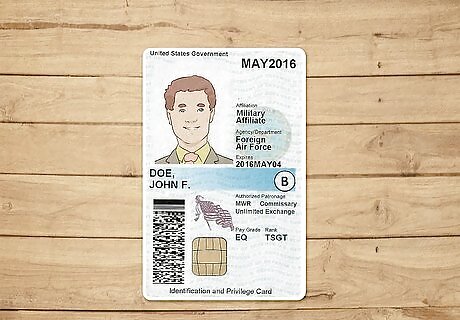
Common Access Card (CAC) CACs are for active duty personnel. They’re printed vertically on the front and have a small chip, just like a credit card. There are four types of CACs, but they all have the following features: Front: Name, color photo, expiration date, affiliation, service/agency, rank, and a vertical bar code. A pay grade will also be visible, with some exceptions (see below). Back: Black & white photo, blood type, DoD benefits number, date of birth, Geneva Convention Category, DoD ID number, and a horizontal bar code. Some CACs have a blue or green color band, indicating that the cardholder is a noncitizen or contractor. These are still valid. CACs with green color bands may not have a pay grade.
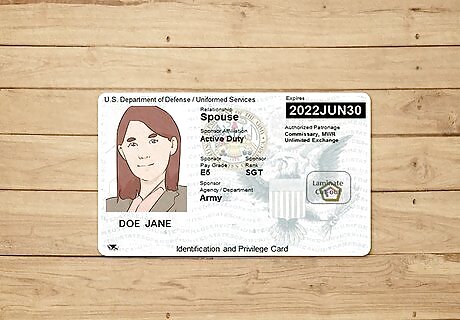
Uniformed Services ID (USID) USIDs are for military family members and non-active duty personnel, such as disabled veterans and retirees. They’re printed horizontally and don’t have chips. There are seven types of USID cards, but they all have the following features: Front: Name, color photo, expiration date, affiliation (or relationship), pay grade, rank, and agency/department. Family members and dependents will have “Relationship” instead of “Affiliation”. Back: Black & white photo, blood type, DoD ID number, DoD benefits number, and a bar code. Some USIDs have a blue color band, indicating that the cardholder is a noncitizen. These are still valid.
Spotting a Fake Military ID
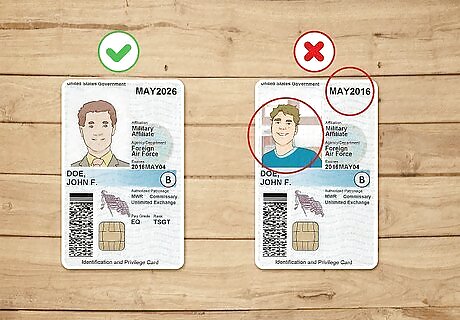
Examine the photo and personal information. Make sure the name and photo match the person giving you the ID. The photo on the front should be in color, while the one on the back should be black & white. The photo should be a professional headshot, not a selfie or something taken in a non-formal setting. Check the expiration date. If the ID has expired, it’s not considered valid.

Check their military credentials. Their affiliation, agency/department, and rank should all be present. A pay grade should be visible, unless it’s a CAC card with a green band. Make sure the fonts are clean and consistent. Nothing should look scratched off or modified. USID affiliations can vary a lot. Cards can be given to family members, reserve members, military retirees, disabled veterans, and Medal of Honor recipients, among others.

Make sure the information on the card makes sense. The pay grade must match the rank, and the rank must match the service branch—like how a city and state must match on a driver’s license. There is no “New York City, California,” just as there are no “Generals” in the Navy. They’re called “Admirals,” and their pay grade is always O-10. Each service branch has its own ranking system, and each rank has a matching pay grade. No exceptions. Pay grades and ranking systems are available online. They’re public information. Pay grades for uniformed personnel have the letter E, W, or O, followed by a number from 1-10. There are some subtle variations, but this is the general rule.
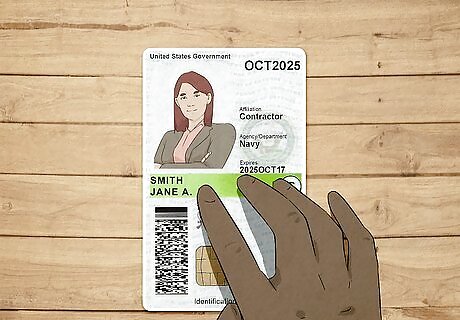
Check for signs of tampering. A forged ID might look weird or feel strange in your hands. Inspect it closely, running your fingers over the card to check for signs of tampering. Both CAC and USID cards should be printed on clean, not laminated plastic. A little wear and tear is normal, but nothing should be unreadable or pealing off. Some older USID cards are still laminated, but these have been slowly replaced as of 2020. CACs are never laminated. Never accept a photo or copy of a card—even online. Photos and copies can be easily manipulated. There’s no way to verify their authenticity.
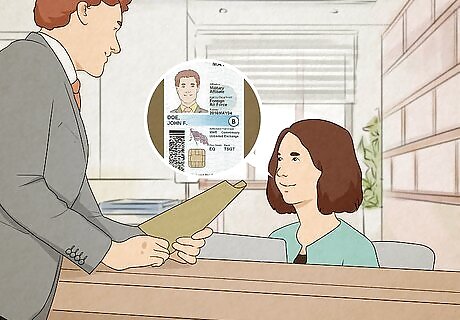
When in doubt, ask questions about their service. Ask about their military background and experience, such as their date of enlistment and past deployments. If they are a dependent, ask them about their family member’s service or background. Be respectful but trust your instincts. If they give inconsistent answers or say something that’s clearly false, the ID might be fake. Have them confirm the details on the ID, including their date of birth and the spelling of their name.

Watch for odd behavior or illegal requests, especially online. Scammers sometimes use fake IDs to impersonate soldiers. Watch out for online dating scams in particular. Scammers create fake profiles on dating sites, providing photos of fake military IDs as “proof” before inevitably asking you for money. If someone contacts you claiming to be a servicemember in need of funds, it’s almost certainly a scam. Scammers may claim to need money for specific “service-related” fees, including discharges, medical care, or flights home. Real servicemembers don’t have to pay for these things while on deployment. Dating profiles are easy to fake, especially if the person claims to be a U.S. soldier deployed in another part of the world. Never send money to someone you don’t know.













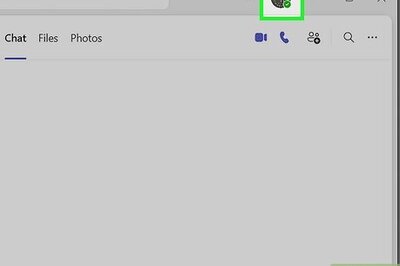


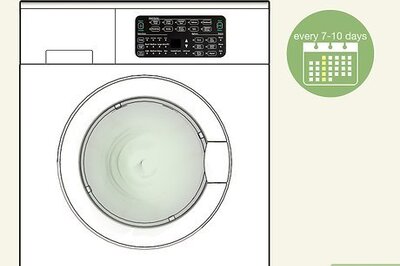



Comments
0 comment